Qatar Challenges Way of the Desert
In this country of just under 2 million, desert extremes meet a high-octane economy, testing both the limits and responses to the competition between water, food, and energy.
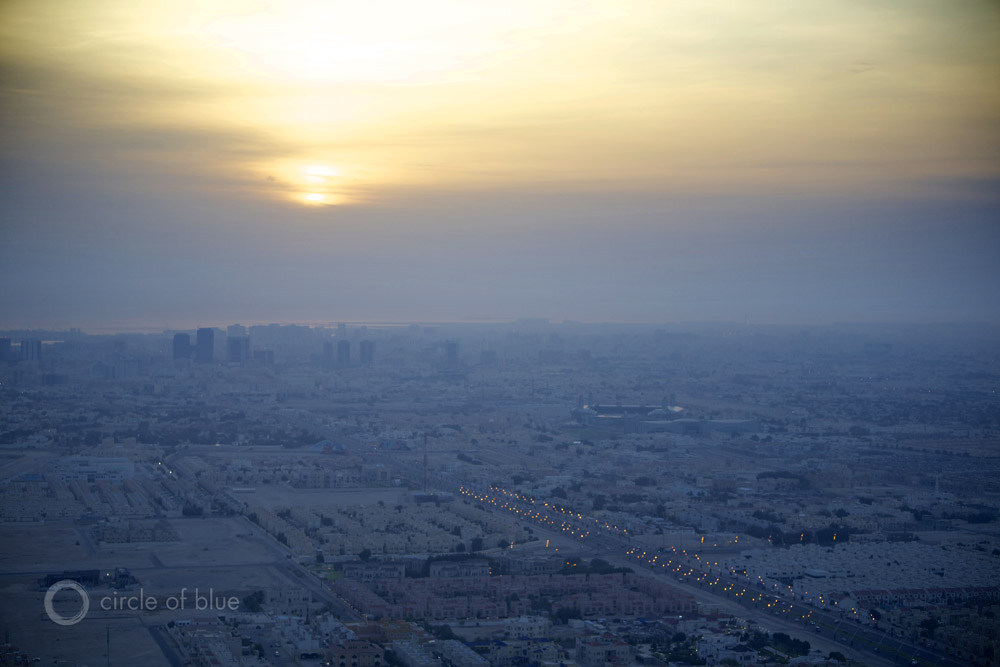
DOHA, Qatar — Seventy-five years ago, all of Qatar, a land of sand and Arabian (Persian) Gulf shoreline that is roughly the size of Connecticut, was home to 25,000 residents. Fishing was an economic mainstay. So was spending weeks at sea, diving for pearls. Doha, the capital city, was a seaside village.
Qatar today is a nation of nearly 2 million people, and Doha — its capital, a city swelled by hydrocarbon wealth and Arab ambition — is where almost 80 percent of them live. In 1940, oil was discovered in the country’s north. In 1971, the world’s largest natural gas field was found offshore.
The sizable fuel reserves make Qatar a significant player in the global economy and international security. Qatar, the world’s fifth-largest producer of natural gas and 19th-largest oil producer, exports most of its gas and oil. The revenue — more than $US 100 billion annually — built an impressive skyline, constructed miles of highways, and coaxed five American universities to dispatch faculty and staff to an impressive collection of architecturally distinguished university buildings here, known as Education City.
Still, underlying the dust and traffic and frenzy of new construction is a distinctive compact between the desert ecology and the high-octane economy. In almost every way conceivable, Qatar and its largest city are testing the durability of a resource-limited civilization that has plenty of fossil fuel and wealth, a storehouse of ingenuity, ample sun and sand — but not much else.
At the top of the list of resources that don’t exist in Qatar, or are in short supply, is fresh water. Average annual rainfall measures around 74 millimeters (2.9 inches). There are no lakes, no streams, no rivers in the entire country. What little shallow groundwater is available was exhausted decades ago in many regions. The deeper groundwater, so called “fossil” groundwater, is being depleted at a rate four to five times higher than available rainfall can recharge the aquifers.
Qatar’s fresh water is supplied by desalination plants, which require a significant share — more than one-fifth — of the country’s electrical generating capacity. And demand for water, which is supplied free to the country’s native-born Qataris and at significantly subsidized low cost to everybody else, is rising. A number of recent studies of water use here found that Qatar’s per capita water use is among the world’s highest.
Circle of Blue’s director, Carl Ganter, and I are traveling in Qatar this week to learn more about this nation that is rich in oil and gas, but poor in water and other resources. In the global confrontation between rising demand for energy and food during an era of diminishing freshwater reserves, Qatar’s challenge is more apparent than almost anywhere else — and it is profoundly significant.
–Keith Schneider, senior editor
Circle of Blue’s senior editor and chief correspondent based in Traverse City, Michigan. He has reported on the contest for energy, food, and water in the era of climate change from six continents. Contact
Keith Schneider

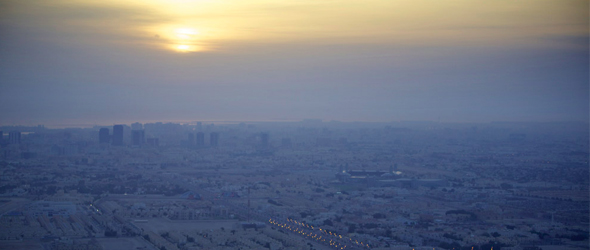
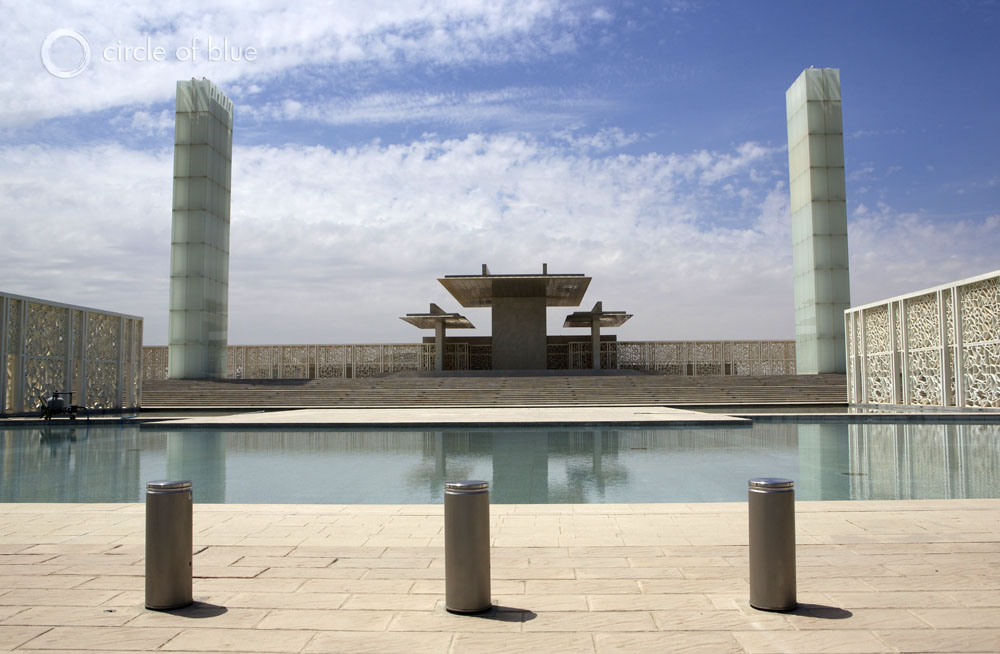


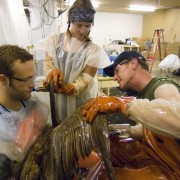
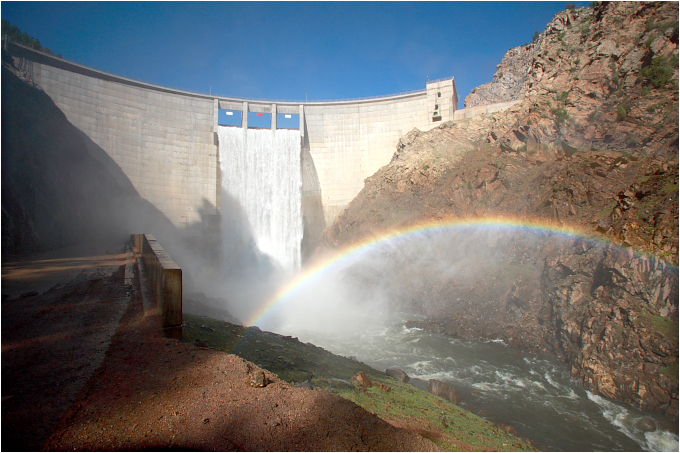
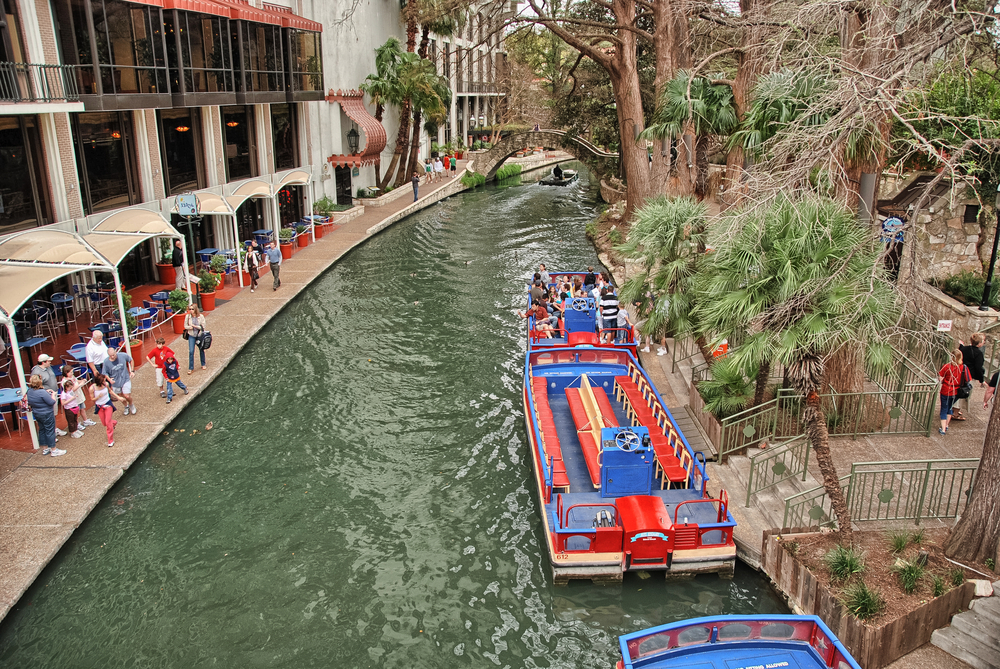
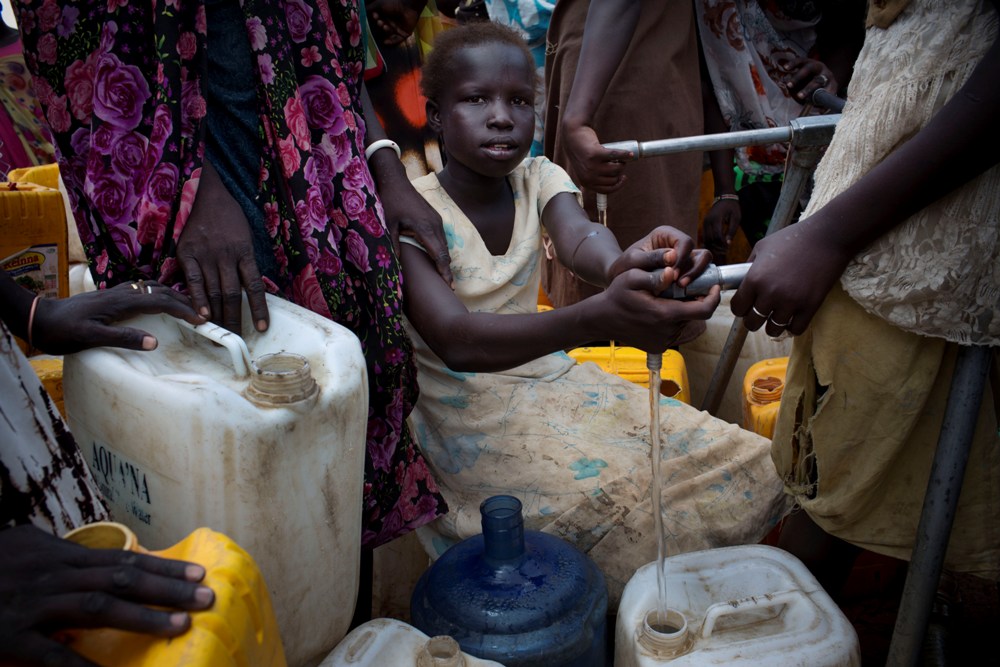



Is that really a giant freshwater fountain in the first Education City image? Wow.
The profoundly bizarre history characterized by living beyond natural limits (as expressed most abundantly nearer my home by much of the Southwest United States and inland California) is also playing out in Qatar. That said, is there a better example of shaking our fist at the gods of reality then Qatar? Reading into the article, the “sustainable” population for the entire country was ~25,000 and even this was likely high. And now there are ~two million residents. Is there really any wonder that we’re facing annihilation from climate change and massive upheaval from peak oil (more aptly spoken “peak fossil fuel”) when our species insists on living beyond the carrying capacity of even the most inhospitable places on Earth?
Closer to home, while I look forward to the forthcoming reports, I also have to ask if using air travel (I’m confident in making this assumption as to mode of travel used) to visit places like Qatar is a worthwhile use of our dwindling fossil fuel resources and worth the extra carbon and other pollutants emitted? Isn’t there someone already living there willing to and capable of providing these reports? What kind of message does it send to the rest of the world and to children when our best-intentioned fly all over the world to report on the conditions plaguing our human civilization when it is in large part that very behavior that got us into the mess we find ourselves? After all the global aviation system is behind upwards of five percent of anthropomorphic climate change. We in the West and the North vote everyday via our actions for the change we want. So until we curtail our use of the systems and structures that are so damaging to our continued existence on this planet we only paying lip service to the drastic realities we face.
If travelling to a place is absolutely necessary then why not make the trip by sailboat, and/or by bicycle or on foot? Or, for that matter, on horseback? Its not supposed to be easy to get from place to place. The ease built into the current system (made possible by non-renewable sources of energy) is so much of what is wrong with our current situation.
The wealthy and elite aren’t modifying their behavior but we can and should use our power as consumers (the only real power we have) to shine the light on what’s wrong with our society and demand change. Stop flying. Stop driving. Stop going to the movies. Stop buying sweatshop goods. Stop buying conventional food and foods not produced locally. Get rid of your cell phone(s). Kill your television. Stop having babies. Stop buying elicit drugs. Stop buying alcohol. Make your own. Shut off the cable. Stop buying soft drinks. Stop smoking. Stop shopping at box stores. Take to religiously reducing, reusing and recycling. Stop buying goods wrapped in packaging. Stop buying crap you don’t need. Sell your huge house and move into a tiny apartment. Sell your car(s). Downsize and simplify so you don’t have to work so much. Stop working so much so you can organize in your local community. Run for local office. Run for state office. Run for federal office. We need to change our lives so we can be the change we want to see.